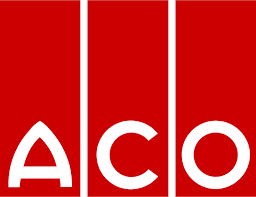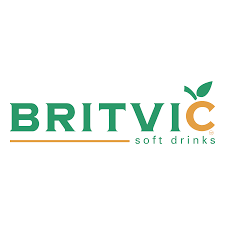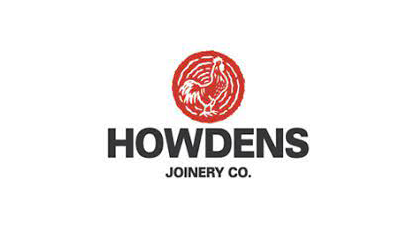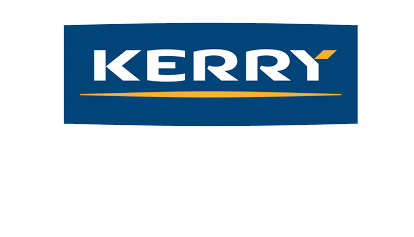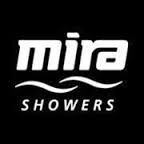
- Details
- Category: Resources
At the heart of reliable processes are asset care best practice routines covering:
- Daily tasks to prevent accelerated wear.
- Inspection checks to identify the need for servicing or attention.
- Servicing routines to replace worn parts before failure
As the first two tasks are routine, they should be carried out without the need for technical judgement to a defined standard. This can often be achieved through the use of visual management and workplace organisation. Where the component is hidden or cannot be accessed withoout stopping the process, there is value in using technical condition based monitoring aids.
In a typical manufacturing environment, there are thousands of components so managing condition monitoring notifications from each of them would be complex and potentially confusing.
Condition Monitoring aids add the most value when their purpose is to gain an insight into how to:
- Confirm that Normal conditions have been achieved and to standardise the response to abnormal conditions.
- Generate recommendations for planned maintenance windows
- Recommend changes in process parameters to deal with factors such as variation in material quality or environmental conditions.
There are many types of technical condition based monitoring tools. One of the most useful is Vibration analysis. For more details of this check out the vibration analysis article here.
Improving Reliability through Asset Care
Start with a troublesome or critical asset. Identify a small front line team (5 to 7 people) with good knowledge of the asset to work on actions along side their day job to:
- Prevent of lost performance due to mistakes and lack of knowledge.
- Resolve skill gaps and free up specialist resource.
- Improve workforce flexibility.
- Enhance the capture and transfer of lessons learned.
Follow the steps set out in our Blog Article "Developing Asset Care Best Practice" Our courses to support this team based activity are set out under Taming Technology
To assure lasting gains, support that team with a reliability improvement network such as that set out in the table below.
Reliability Improvement Network Example
|
Best Practice Area |
Workstreams |
Common barriers to overcome |
|
|
Business Leader |
Policy, Organisation and Promotion |
Plan, Organise and Control programme resources to deliver systematic improvement as part of the day job. |
|
|
Front line Leaders and Planners |
Capture and transfer of lessons learned |
Systemise work routines to minimise the need for instruction and opportunities for error. |
Lack of or weak feedback on working methods is a barrier to dealing with knowledge gaps, weak methods and the simplification of routine tasks. |
|
Front line team and Asset Specialists |
Method Development |
Analyse work routines and create methods that are easy to do right, difficult to do wrong and simple to learn. |
|
|
Production Engineering & CI Personnel |
Standardisation |
Standardise common tasks to aid apply core competencies across multiple work situations and speed up the learning process. |
Weak or unclear standards resulting in complex, incomplete or duplicate work routines for similar tasks. |
|
Trainers and L&D Practitioners |
Learning pathway design and delivery |
Define skill profiles, set development priorities and implement learning plans. |
The lack of task skill categories and team skill profiles leads to an overdependence on key workers, extends the skill development time and makes it difficult to release people for training. |
TABLE 1: Reliability Improvement Network Workstreams and Challenges
How DAK Academy can help
For more informatiion about how to improve reliability check out our Reliability Break Out Support Plan.

